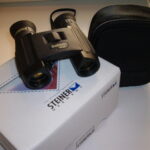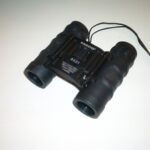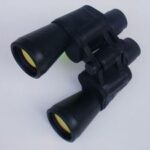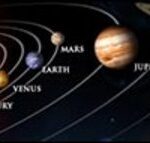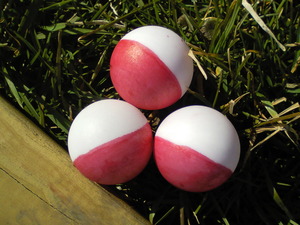The night sky ain’t what it used to be. With city lights and pollution, we get to see only part of what our ancient forebears could enjoy. Of course, we have telescopes and binoculars and that’s certainly great, but guess what? The sky is one of the last things not owned by corporate America, and even that may be changing soon. Who knows?
Naked eye astronomy can be enjoyed by anyone (with sight) and anywhere (though where in particular can matter a great deal). Did you know that without any equipment at all, it’s possible to follow five different planets through the nighttime sky? How about picking out over 50 constellations? You can even see star clusters like the Pleiades. Surely, that beats out yet another reality show for entertainment at least one night a month.
Before you get really ready to enjoy the cosmos, make sure you let your eyes adjust to the darkness. Go outside and sit and talk or just hang out by yourself for a good twenty minutes. Let your eyes gradually adjust to the lack of light. You’ll be amazed at how many more stars there are in the sky when you let your eyes adjust rather than just looking up after leaving a restaurant.
If you can find it, the darker the site, the farther away from city lights the better. If you live in the Northern Hemisphere (the best darn hemisphere in the world!), you’ll want to travel south away from city lights. Why? Because the city glow will be to the north and the most interesting parts of the sky show will loom above the darker horizon.
Weather plays a big part in the best time to do some naked eye astronomy, but don’t go rushing to the Weather Channel. If you get out during the day and you’re thinking about going stargazing at night, look up and see there are any of those big, white, fluffy cotton-candy clouds in the sky. In case you don’t remember science class, those clouds are called cumulus and chances are if they are hanging around during the day, then you’re going to be treated to a particularly clear night.
If, on the other hand, you see rainclouds, don’t count on it. Not because of the rain itself, but because any kind of moisture in the atmosphere negatively affects the sky’s transparency. Rainy clouds will probably mean a hazier nighttime sky and you just aren’t going to see quite as much. Surprisingly, however, hot and humid weather can produce a haze that is actually good for a certain kind of naked eye astronomy. You probably won’t see much else, but here’s your chance to get a better look at some planets. When the Earth’s atmosphere is calm and not blending by high altitude winds, planets appear more steady in the sky and often you can see much more detail. Of course, this would be the opportunity to move up to a pair of strong binoculars, but even the naked eye will benefit under these conditions.
Finally, make sure you’re prepared. You may not expect to stay out long, but once you really get into naked eye astronomy, you may find it just as hard to turn off as the television. Obviously, dress appropriately. If it’s winter, bring an extra jacket or blanket. Or some coffee even. Make sure you insulate your head. Keep your head warm and you’ll keep your body warm. Bring along blanket to sit on. A chair is fine, but frankly you might wind up getting a little too comfortable and that leads to getting tired which leads to getting sleepy which leads to going home. Stay while, be a little uncomfortable, and you might just catch a meteor shower!
